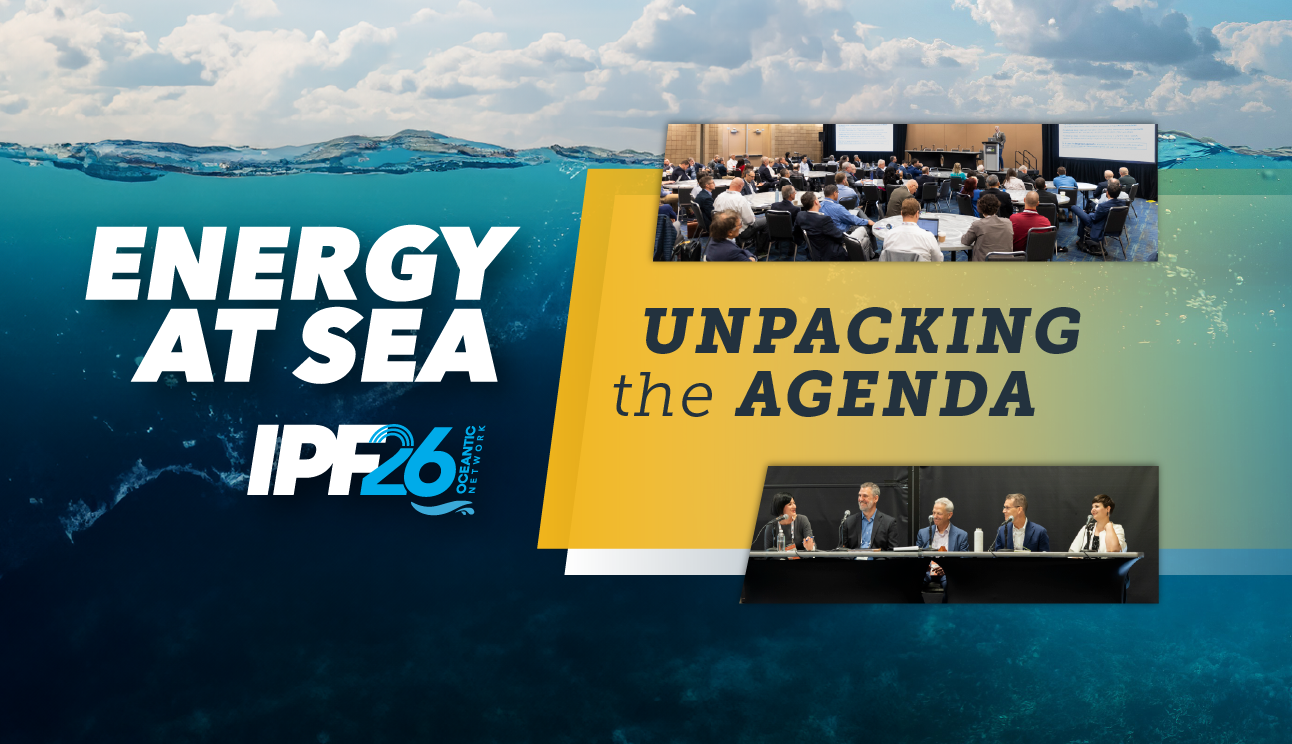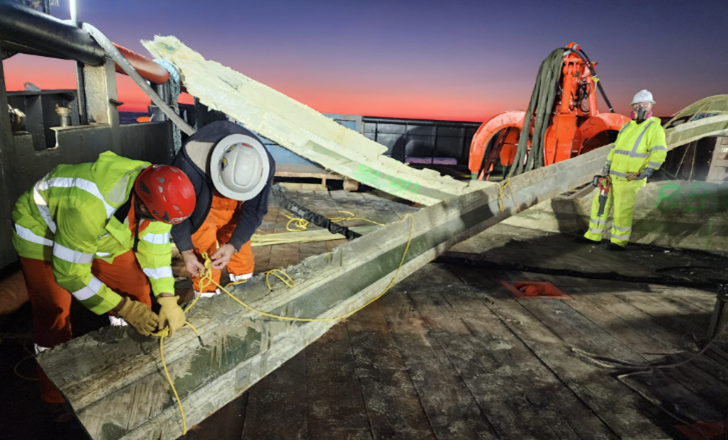Canada is looking to its coastal regions to power its renewable energy future. With the world’s longest shorelines and some of the strongest offshore wind speeds, Canada holds vast untapped potential in ocean energy, especially along the Atlantic coast. Oceantic Network’s recent Global Insights webinar explored how the emerging offshore wind industry is gathering speed in Canada, from Nova Scotia’s ambitious plans to national policies setting the stage for large-scale development. The webinar was led by Amanda White, Senior Director, Operations & Member Services at Marine Renewables Canada, who provided a detailed presentation on the state of the market, which is summarized below.
Canada’s journey to offshore wind began with marine renewable technologies such as tidal and wave energy. Over the past decade, provinces like Nova Scotia and British Columbia have nurtured small-scale tidal projects and research initiatives. Early programs, such as shared infrastructure, feed-in tariffs, and demonstration permits, have helped attract more than $100 million in international investment. These efforts created jobs in rural communities, advanced research, and built regulatory experience.
Nova Scotia is spearheading the country’s offshore wind push. The province enjoys consistent wind speeds and shallow waters ideal for fixed and floating turbines. In fact, its estimated offshore wind potential exceeds Canada’s total electricity demand. After extensive public and stakeholder consultations, Nova Scotia designated four priority wind energy areas—French Bank, Middle Bank, Sable Island Bank, and Sydney Bight—laying the groundwork for competitive bidding. A joint federal-provincial regulator, the Canada–Nova Scotia Offshore Energy Regulator (CNSOER), will oversee leasing and licensing in federal waters. The process includes a forthcoming call for information, pre-qualification of bidders, and eventual calls for competitive bids. Winning developers will receive submerged land licenses, with project authorizations required before construction.
The economic promise is enormous: offshore wind can deliver renewable electricity domestically, enable green hydrogen production, and create thousands of jobs. Yet, as with any emerging industry globally, there will be challenges as the industry develops in Canada. Rising interest rates have driven up financing costs, there’s a trend of global shortages in required vessels and labor, and the current supply chain cannot meet full global project demands.
Canada stands at the threshold of a new energy era. With clear policy frameworks, strong regional collaboration, and world-class natural resources, the nation is ready to scale offshore wind from concept to reality. If progress continues as planned, Nova Scotia’s first projects could help meet national climate goals, diversify the energy mix, and position Canada as a global leader in marine renewable energy.
For U.S. companies, the upcoming Global Gateway delegation trip to Canada, where delegates will attend the Marine Renewables Canada conference in Halifax (November 12–14), offers a unique chance to explore the market firsthand. Participants will benefit from B2B matchmaking, insider insights, and direct access to developers, ports, and policymakers.
At Oceantic’s International Partnering Forum conference, happening February 9-12, 2026, in New York City, attendees will have the opportunity to meet with some of the Canadian companies participating in the event. Additionally, IPF attendees will hear about the momentum shift toward a broader, binational offshore energy strategy. The Closing Plenary session will bring together regional leaders to explore how cross-border collaboration can unlock the full potential of Atlantic Ocean energy.
More information on IPF programming and speakers is available in our online conference agenda, which is updated regularly. Book your hotel and register today.



